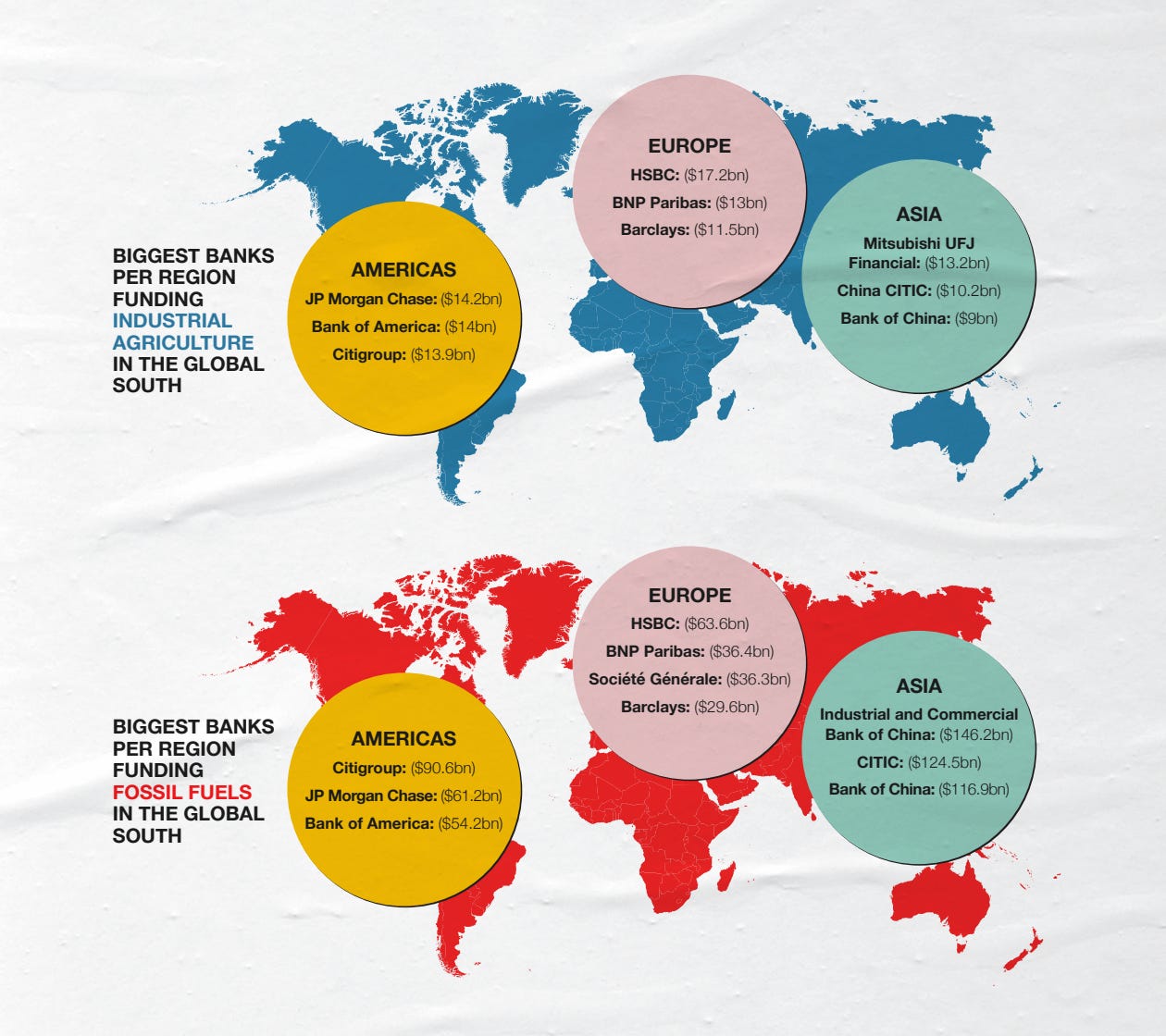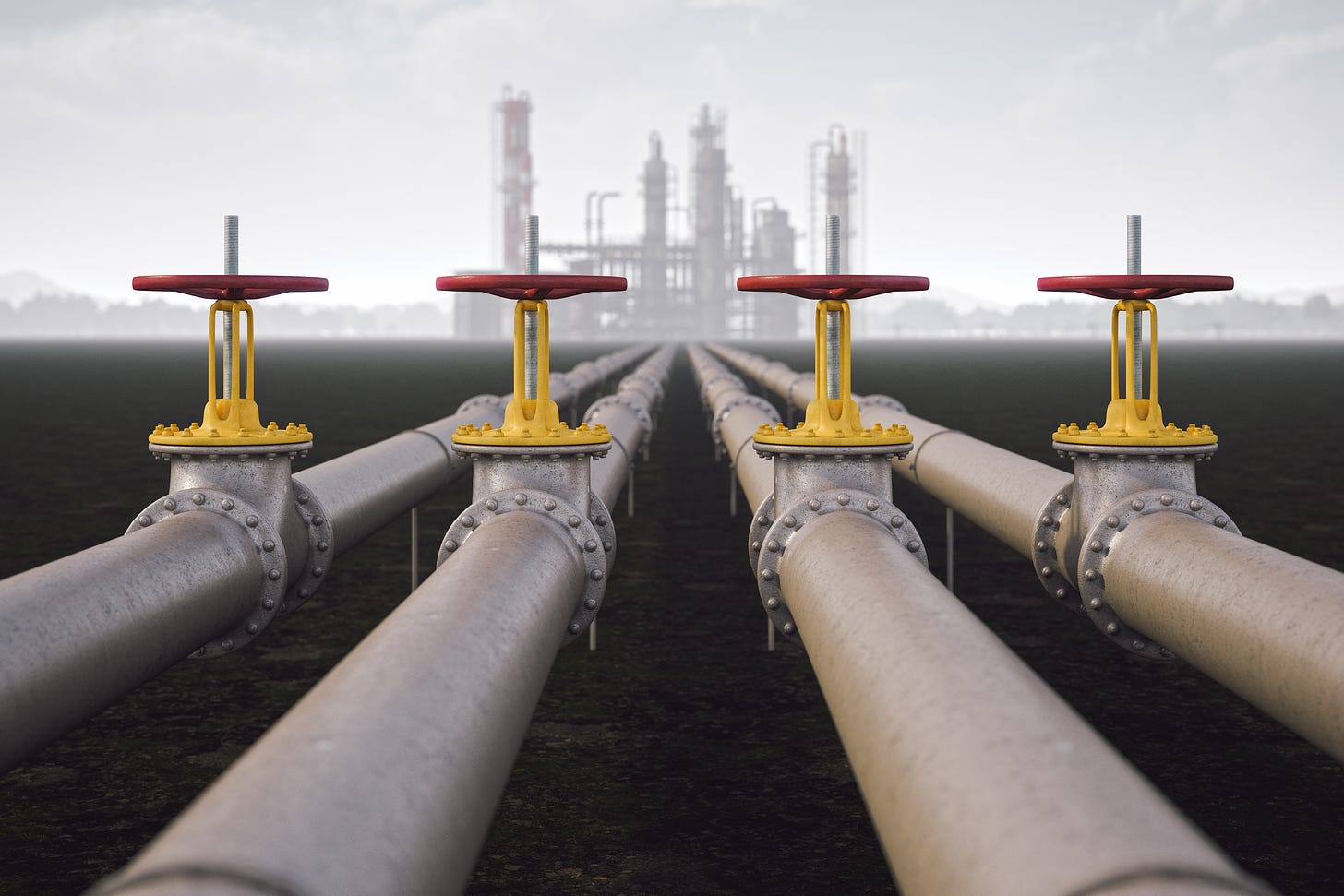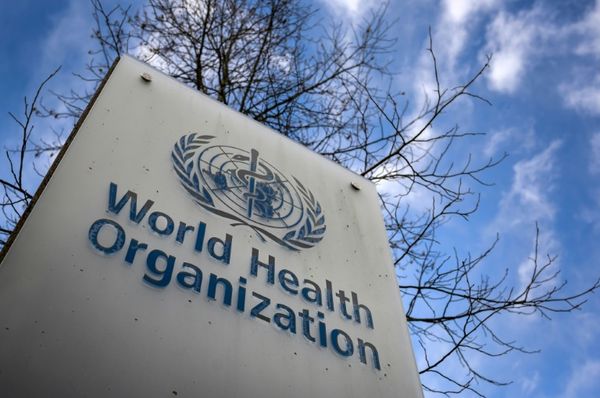
Zombie bills and “gut and amend” tactics may sound like features of a DC-based version of “The Walking Dead” but they’re actual legislative maneuvers used by oil and gas lobbyists to advance the interests of their powerful clients. In Texas, a new tax break program full of loopholes has led critics to warn that it will be exploited by major fossil fuel producers.
Capital & Main contributor Elliott Woods reports that Chapter 403 is a thinly veiled replacement for a since-expired law that attracted controversy by handing out tens of billions in tax breaks to extremely profitable corporations while reducing support for state schools. The zombie law was drafted by Republican lawmakers pressured by industry lobbyists.
Though activists rallied to stop the new program, they failed. “But their determined effort to educate legislators about the harms caused by school-tax-based incentive programs did result in major reforms, which will significantly curb tax giveaways to industry — if the state enforces them,” reports Woods in a companion story.
In California, a major utility is seeking industry-friendly legislation through a process known as “gut and amend,” in which lawmakers put new language into an old bill, thereby completely changing it — a tactic sometimes used to avoid public scrutiny.
The last-minute proposals, pushed by politically connected lobbyists for Sempra and its subsidiary, SoCalGas, would allow gas companies to charge ratepayers for company investments in carbon capture and storage (CCS) and methane gas infrastructure. Climate and environmental groups have opposed CCS since it enables continued production of oil, gas and coal, reports Capital & Main’s Aaron Cantú.
The natural gas industry has insisted for years that there is no evidence that fracking harms public health – sometimes funding university studies on the benefits of fracking. Those efforts were upstaged last month in Pennsylvania by a bombshell set of studies — released only after a long pressure campaign by people living in the heart of one of the most active shale plays in the nation — that linked fracking exposure to lymphoma, asthma and low birth weight.
The studies prompted calls by some for a ban on fracking in the state. “Some of these residents have faced dire health consequences — and have had to battle repeated attempts by the fossil fuel industry to discredit their health concerns,” reports Capital & Main writer Audrey Carleton.
Elsewhere in the state, environmentalists are demanding more transparency from the administration of Democratic governor Josh Shapiro over a secretive committee that includes fossil-fuel executives and meets behind closed doors to discuss whether the state should enter a controversial cap-and-trade program.
In New Mexico, the Navajo Nation is still grappling with a legacy of mining that brought health problems and environmental damage. As the 100th anniversary of the first oil leases in the region approaches, residents of the nation are dealing with a proposed pipeline that would carry hydrogen made from natural gas tapped in the area and new oil and gas development around Chaco Culture National Park.
“Every single one of my family members has suffered from energy extraction,” Joseph Hernandez tells Capital & Main contributor Jerry Redfern.

These Are the Banks Fueling the Climate Crisis
Banks are funding fossil fuel production much more aggressively than governments are financing climate change solutions, according to a new analysis by NGO ActionAid.
The world’s major financial institutions have poured almost $3.2 trillion into the expansion of fossil fuels in the Global South, including funneling $365 billion into industrial agriculture, since the 2015 Paris Agreement on Climate Change. “Global banks often make public declarations that they are addressing climate change but the scale of their continued financing of fossil fuels and industrial agriculture is simply staggering,” says Teresa Anderson, global lead on climate justice at ActionAid International and an author of the report.
The world’s biggest financier of fossil fuels from 2016 to 2022 was the Industrial and Commercial Bank of China. European banks highlighted in the report include HSBC, BNP Paribas, Societe Generale and Barclays. In the U.S., the worst offenders were Citibank, JPMorgan Chase and Bank of America.
New Report Uncovers Private Equity Giant KKR’s “Environmental Responsibility Gap”
One of the world’s largest private equity firms, Kohlberg Kravis Roberts & Co. (KKR) has touted its climate action strategy yet continues to pour money into fossil fuel projects, and its companies have committed numerous environmental violations and engaged in unethical business practices while contributing to the climate crisis, according to a new report by the Private Equity Climate Risks project, a collaborative effort involving Americans for Financial Reform Education Fund (AFREF), Global Energy Monitor (GEM), and the Private Equity Stakeholder Project (PESP).
Despite its showcased renewable energy initiatives, 78% of KKR’s energy portfolio remains centered on fossil fuels, including a half-ownership of the proposed Port Arthur LNG project in Louisiana. The project would increase the planned output of all US natural gas exports by approximately 15%, potentially emitting around 7.7 million tons of CO2 equivalent per year, similar to the annual greenhouse gas emissions from 17 natural gas-fired power plants.
How Western Banks Are Still Able to Finance Russian Oil and Gas Giants
The war in Ukraine has the potential to get European countries, who for years have been dependent on Russian gas, to transition more quickly to renewable energy sources. But “the financial interests of Western banks may pose a significant challenge to this transition,” according to the Harvard International Review.
Though Russian gas giant Gazprom’s share of EU gas imports shrunk to just seven percent (from 45 percent before Russia invaded Ukraine early last year) by April 2023, Western banks are still heavily invested in Russian oil and gas companies like Gazprom. Of the 400 organizations that have financed Russian companies to the tune of a total $130 billion, the biggest contributor was JPMorgan Chase, according to the Leave it in the Ground initiative. Despite sanctions on Russia, American banks are still allowed to finance services for Gazprom and Russian fertilizer companies like Uralkali for non-sanctioned functions.
Germany’s Double Talk on Public Finance for Fossil Fuels
Though Germany promised in 2021 to end all public financing for fossil fuels by the end of last year, its export credit agency continues to invest in oil and gas fields, gas pipelines and infrastructure, per NGO Oil Change International.
That hypocrisy is highlighted by the agency Euler Hermes” investments in a gas-fired power plant, the Uzbekistan Stone City CCPP plant. Such facilities have a typical lifetime of 30 years. “A gas power plant financed by German export finance today could still be operating in the mid-2050s, long after the world is supposed to have met net zero targets,” Adam McGibbon, a campaign strategist at Oil Change International, told Gas Outlook.

Fossil Fuel Subsidies Doubled from 2019 to 2022, Despite Promises Made by Governments
In the wake of the hottest month on record – July 2023 – G20 leaders are preparing to meet in New Delhi next week to discuss climate change. The talks come as recent reports reveal how the world’s most powerful countries are still massively subsidizing the production and use of fossil fuels, according to Eco-Business.
The G20 governments provided a record $1.4 trillion to subsidize fossil fuels in 2022, despite promises they made in 2009 to phase out “inefficient” fossil fuel subsidies. That was double the amount of fossil fuel subsidies than in 2019, prior to the pandemic — and the real value of subsidies is probably closer to $7 trillion, notes the International Monetary Fund, when the cost of environmental damage and air pollution deaths is factored in.
The uptick was largely due to governments pushing to help consumers cope with rising oil and gas prices after Russia’s invasion of Ukraine in February 2022. The International Institute for Sustainable Development reported that the increased spending on subsidies could have helped bridge the gap in financing the transition to clean energy.







